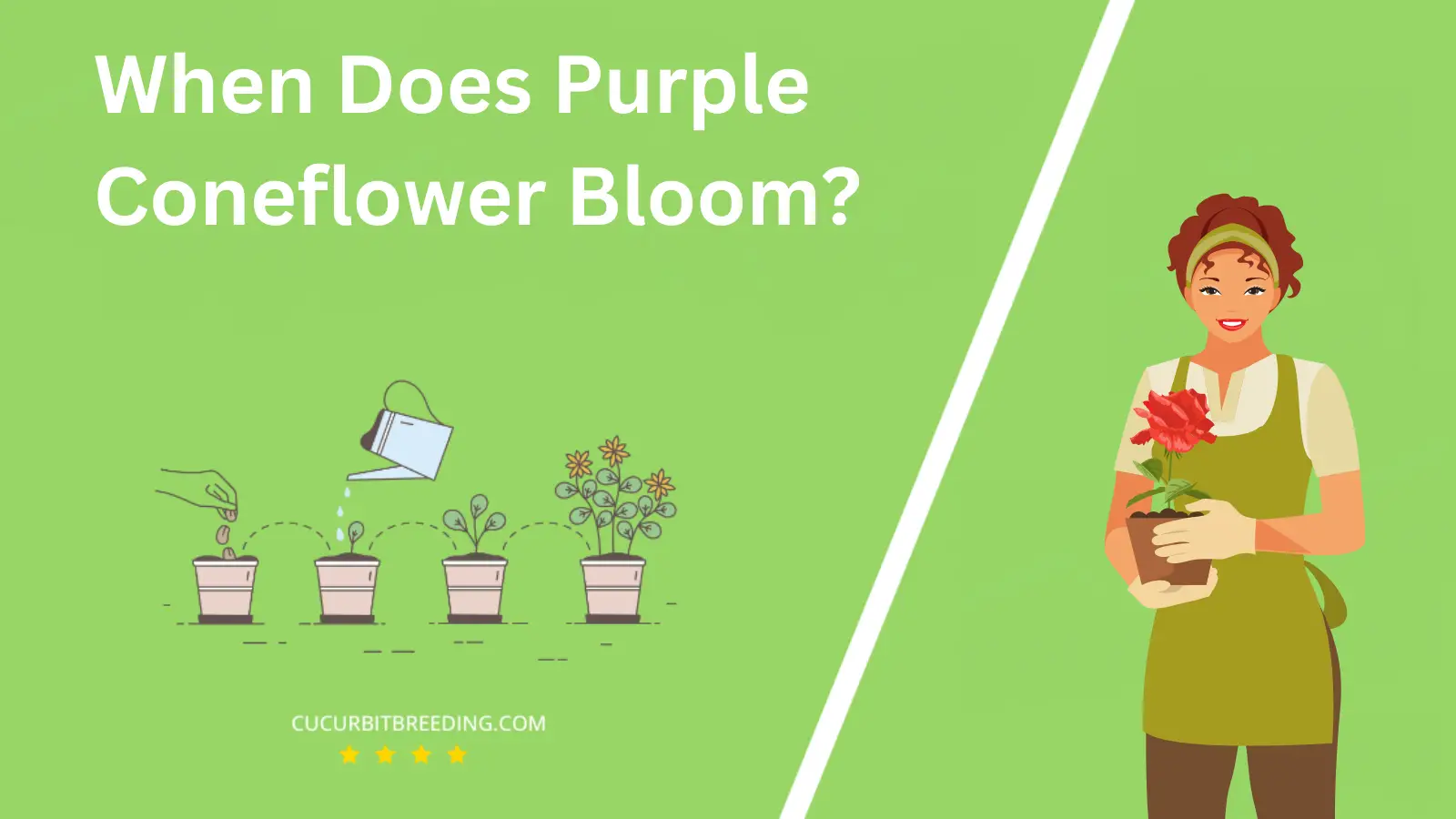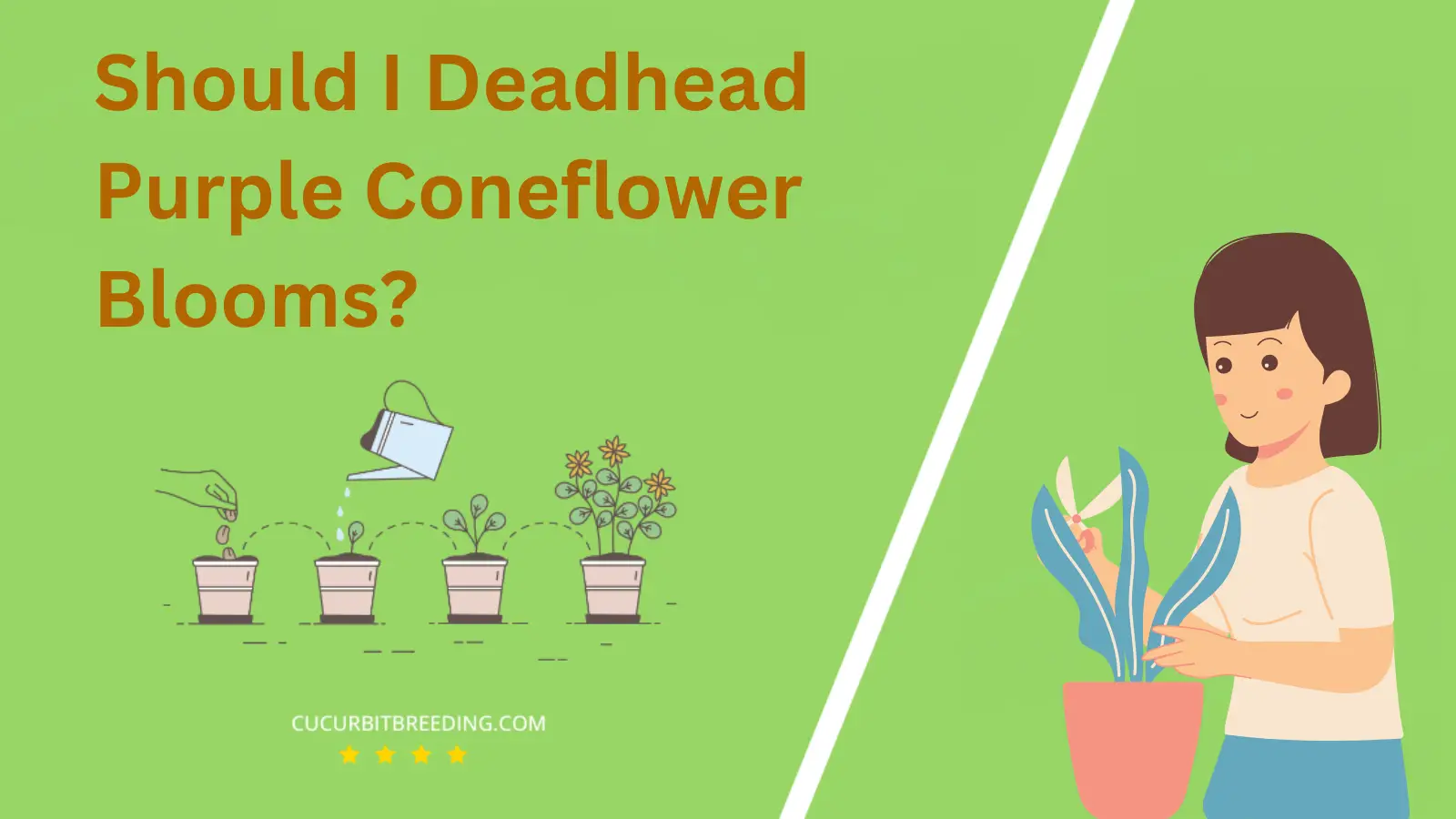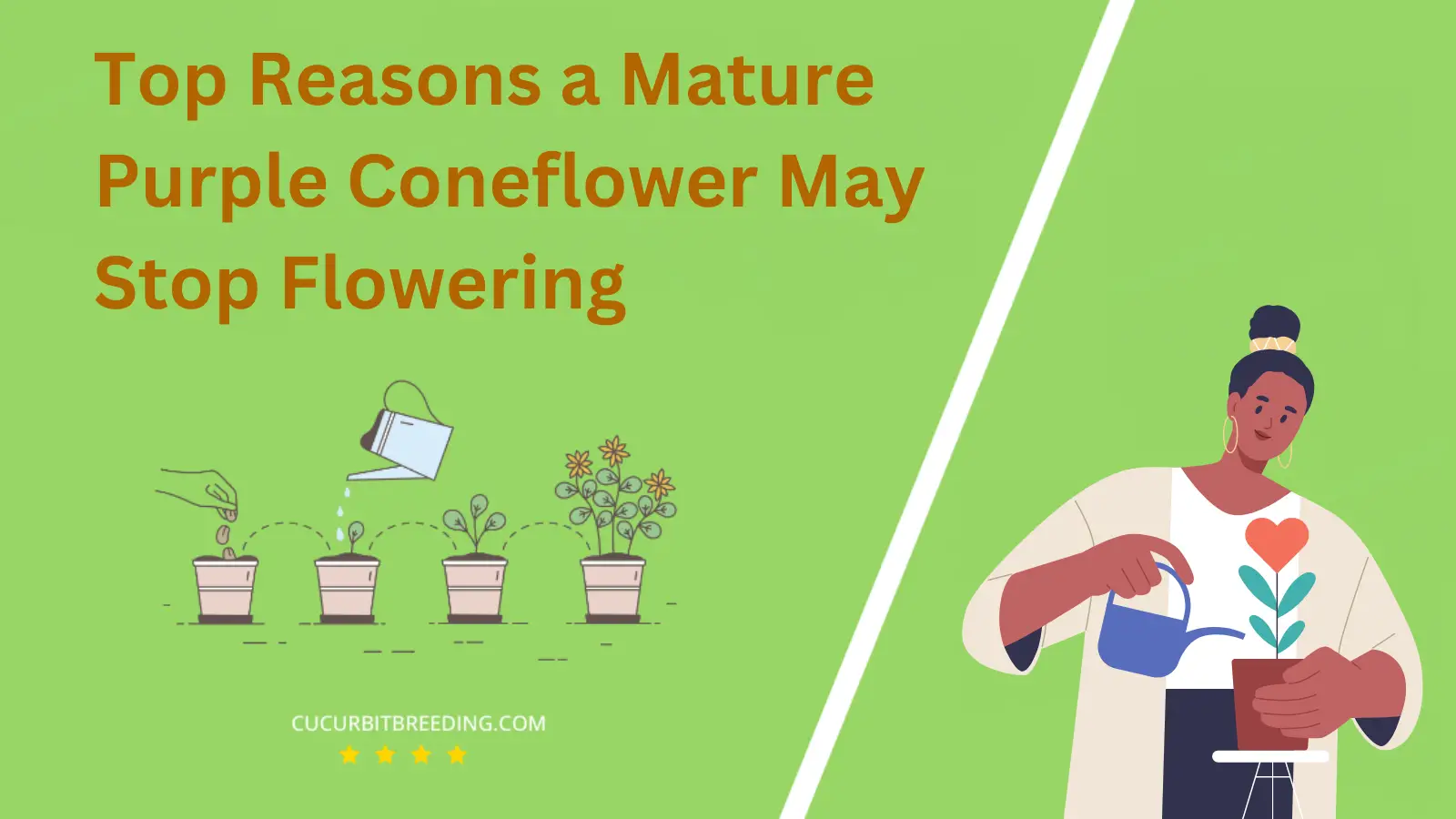
Ever wondered, when does Purple Coneflower bloom? This magnificent plant, known for its vibrant petals and central cone, is a sight to behold in full bloom. Its allure isn’t just in its beauty, but also in its fascinating lifecycle.
Understanding when these garden gems blossom involves delving into their natural growing habits, preferred climates, and more. Let’s embark on this botanical journey together.
When Does Purple Coneflower Bloom?
The Purple Coneflower, also known as Echinacea purpurea, typically begins to bloom in the early summer. The blooming period can extend all the way to late summer or early fall, depending on the climate and growing conditions. The plant’s vibrant purple flowers are a common sight in gardens and nature during this time.
| Stage | Description |
|---|---|
| Germination | Spring (March-May) |
| Growth | Summer (June-August) |
| Blooming | Summer (June-August) |
| Dormancy | (Dormancy period: November-January) |
How Long Do Purple Coneflower Bloom?
The Purple Coneflower, scientifically known as Echinacea purpurea, typically blooms for a relatively long period compared to other perennials. The flowering season usually begins in early summer and can extend into late summer or early fall. In optimal conditions, the bloom period can last anywhere from 4 to 12 weeks.
How Light Affects Purple Coneflower Blooms?
Light significantly impacts the blooming of Purple Coneflowers. These plants thrive in full sunlight to partial shade. The exposure to at least six hours of sunlight daily promotes their growth and flowering. The more sunlight the coneflowers receive, the more blooms they produce. However, in areas with intense afternoon sunlight, partial shade can prevent wilting and sunburn. This helps maintain the vibrant purple color of the coneflower blooms.
Will Purple Coneflower Bloom the First Year You Plant It?
The Purple Coneflower, also known as Echinacea purpurea, typically does not bloom in its first year after planting. This perennial plant usually takes a year or two to establish itself and start producing flowers. However, if the plant is started from a mature root or a large seedling, there is a chance it may bloom in the first year. It needs well-drained soil, full sun to light shade, and regular watering to thrive.
Will Purple Coneflower Bloom Every Year?
Yes, the Purple Coneflower, scientifically known as Echinacea purpurea, is a perennial plant, meaning it will bloom every year. After the initial planting, you can expect this flower to bloom typically from midsummer until the first frost. The plant goes dormant during winter, but it will regrow and bloom again in the following summer season.

Should I Deadhead Purple Coneflower Blooms?
Yes, you should deadhead Purple Coneflower blooms. Deadheading, or removing spent flowers, can help promote more blooms and extend the blooming period of the plant. It also prevents the plant from self-seeding excessively and keeps the plant looking tidy. However, leaving some spent blooms in fall can provide seeds for birds during the winter months.
Top Reasons a Mature Purple Coneflower May Stop Flowering

The mature Purple Coneflower may stop flowering due to a variety of reasons. The primary reasons are insufficient sunlight, as these plants require full sun to bloom optimally.
Inadequate soil conditions can also be a factor. Coneflowers thrive in well-drained soil and may struggle to produce flowers in overly wet or heavy clay soil. They also prefer slightly acidic to neutral pH levels, so a soil pH that is too alkaline or acidic can inhibit blooming.
Another potential reason is improper pruning. If not pruned correctly or at the right time, the plant may fail to flower. Lack of nutrients or over-fertilization can also lead to a lack of flowers. Coneflowers do not require a lot of fertilizer, and too much can lead to lush foliage at the expense of blooms.
Lastly, the plant could be affected by disease or pests. Fungal diseases can hinder the plant’s ability to bloom, and pests such as aphids and beetles can cause damage that prevents flowering.